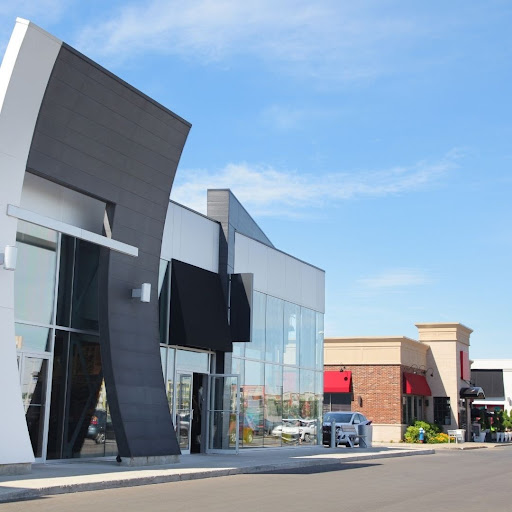Improving security standards at retail centres
Damage to a business’s reputation can be extremely difficult to repair.
Even when serious, security-related events are – for the most part – unlikely to occur, they do need to be considered as events that can come with very serious consequences.
The ramifications of a serious incident occurring can be injury and loss of life, considerable and ongoing business interruptions and even lengthy and costly investigations.
The risk is magnified when its expectations of security contractors are not properly defined.
Such was the potential when we analysed security at a retail centre, where local youth congregating after school hours, gang violence and knives were chief concerns.
Unfortunately, there was almost no security preparedness for anything other than managing low-level street crime.
What we did:
In order to create a risk profile for the premises, we undertook a comprehensive review of key criteria, working through neighbourhood crime rates, neighbouring properties and high-risk or high-profile businesses in the immediate area.
We also examined documented work practices, including security management plans and emergency management procedures, electronic security systems, as well as roles and responsibilities of security personnel.
The recommendations:
As with many security reviews, the recommendations involved very little capital expenditure to rectify a range of shortcomings in procedures ranging from inconsistent reporting of on-site security incidents to lack of site-specific training for security personnel.
This is despite almost 40 detailed suggestions covering everything from replacing all CCTV cameras impacted by “backlighting” between the merge of interior and exterior spaces at all mall entrances, to upgrading footage archival periods to restructuring security staff rosters.

A host of simple but effective measures were suggested to reduce the possibility of crime.
These included downsizing and rearranging tables and seating in some of the open spaces between shops, to discourage the congregation of large groups such as gangs and trouble-makers.
With expansive car spaces creating vast open areas surrounding buildings, perimeter security is one of the challenges of retail centres.
In shopping centres where there is a need to control after-hours access, we have seen significant security gains achieved through the use of vehicle gates at car park entries – which is what we recommended in this case.
They reinforce that the property is closed and that vehicle access is no longer permitted and it means that any intrusions to the property would need to occur on foot, which increases the risk to the intruder of being detected and apprehended.
We also identified fluctuations in the level of effectiveness of security to the premises, because of an unhealthy reliance on just two key personnel to make decisions about incident management.
On weekends and public holidays, this reduced the centre’s ability to respond to incidents.
Of concern was a lack of documentation from shopping centre management articulating expectations for security providers.
The need for ownership of security protocols is an important point – it ensures that the knowledge stays with the business and is not reliant on an individual or external contractor for it to function correctly. It will also ensure continuity of service should any change to personnel occur.
Exemplified at this particular retail centre, the level of detail we believe was warranted included:
- Instructing the security provider to create an induction and training register for all security officers to be deployed at the centre. As part of this, a register of all training and inductions should be created and included as a KPI in the monthly report
- Implementing critical security incident protocols that are inclusive of scenario-based training to ensure a high level of preparedness. Once formalised, extend the security officer training and induction program to cover the new protocols.
- A rolling roster that ensures all security staff are rotated through the property at different times of the month.
- Engaging with the security provider to determine the best criteria for security staff to be deployed to the property. This should include past experience, confidence, professionalism and ability to engage and build rapport with the local community
- Defining and then documenting a “banning from premises” procedure
To evaluate the security measures at your property, get in touch to book in a Security Risk Assessment.
